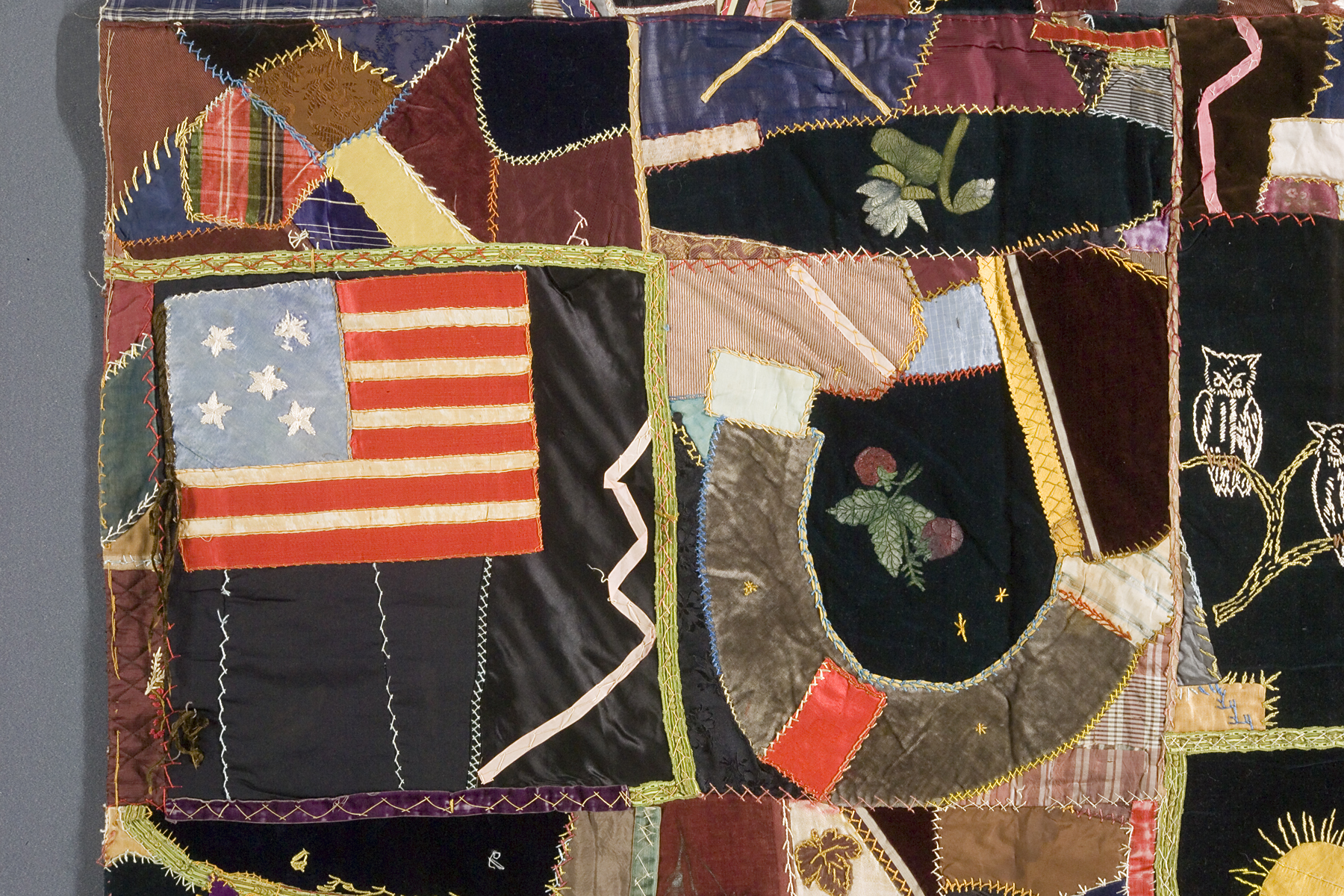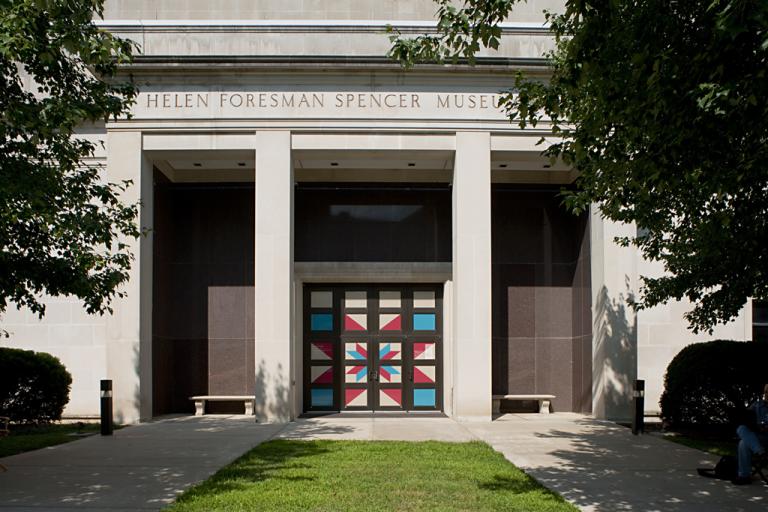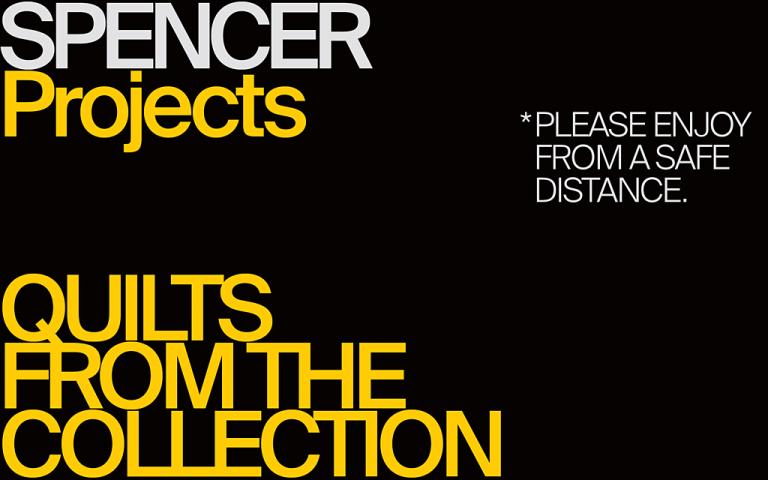Crazy Quilt with Hot Air Balloon, Lillian Hutter
Artwork Overview
Lillian Hutter, artist
Crazy Quilt with Hot Air Balloon,
circa 1880–1910
Where object was made: United States
Material/technique: quilting; paint; appliqué; embroidering; silk; piecing
Credit line: Gift of Roger Keyes in memory of Keiko Mizushima Keyes
Accession number: 1989.0251
Not on display
If you wish to reproduce this image, please submit an image request







